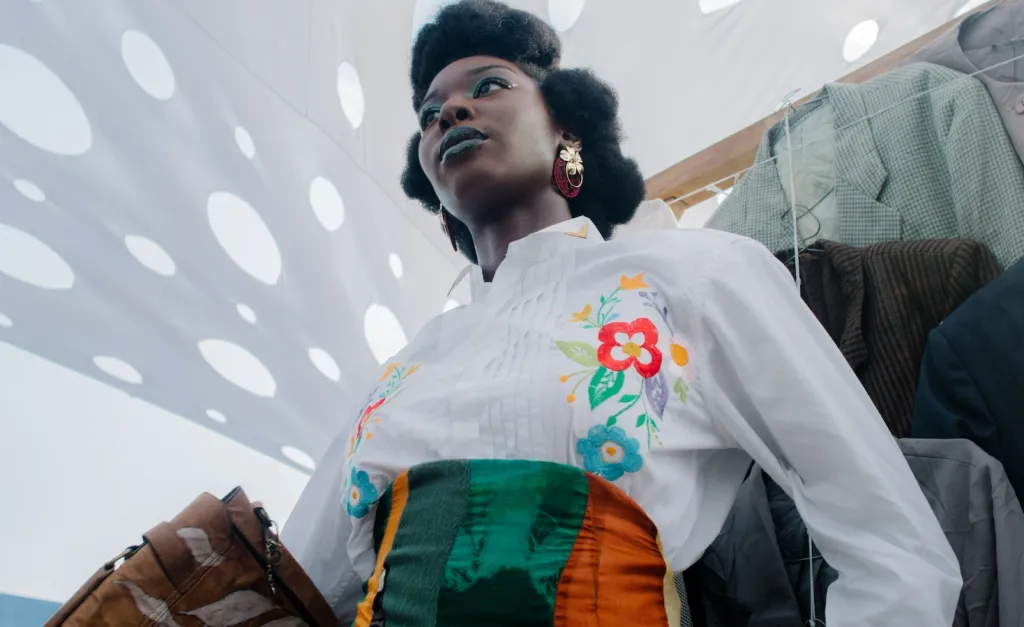Fashion is more than clothing; it is a reflection of culture, identity, and societal trends. By 2025, the industry continues to evolve, blending creativity with technology, tradition with innovation, and artistry with sustainability. Modern fashion is not just about aesthetics—it is an intersection of culture, commerce, and social responsibility.
Sustainability and ethical practices have become central to contemporary fashion. Consumers increasingly demand transparency in sourcing, production methods, and environmental impact. Brands now prioritize eco-friendly materials, energy-efficient manufacturing, and circular economy models that reduce waste. Recycled fabrics, biodegradable textiles, and innovative materials derived from natural sources are replacing conventional, resource-intensive options. Sustainability is no longer a niche concern; it is a driving factor in purchasing decisions and brand loyalty.
Technology and innovation are transforming the way fashion is designed, produced, and consumed. 3D printing allows designers to create complex garments with precision and minimal material waste. Artificial intelligence predicts trends, optimizes inventory, and personalizes shopping experiences. Virtual and augmented reality enable immersive retail experiences, allowing customers to try on clothing digitally before purchasing. These technological advances streamline production, enhance creativity, and connect brands with consumers in unprecedented ways.
Digital fashion and virtual clothing are emerging as an exciting frontier. Virtual outfits, worn in social media avatars or digital events, have opened new avenues for creativity and monetization. Fashion brands are exploring this space to engage tech-savvy audiences and integrate digital culture with traditional design principles. Virtual fashion also aligns with sustainability goals by offering alternatives to physical production.
Cultural influence and diversity play a significant role in shaping modern fashion. Designers draw inspiration from global traditions, art, and local craftsmanship. Runway shows, fashion weeks, and exhibitions increasingly highlight multicultural perspectives, promoting inclusivity and representation. Streetwear, heritage brands, and contemporary collections blend historical influences with modern trends, appealing to a wide range of consumers and celebrating cultural narratives.
Consumer behavior and personalization are redefining how fashion is marketed and sold. Personalized recommendations, AI-driven styling assistants, and data-informed trends allow brands to cater to individual tastes. Subscription services, made-to-order garments, and customizable collections enhance engagement while reducing overproduction. Customers now expect fashion brands to understand their preferences and provide tailored experiences rather than generic offerings.
Retail transformation and omnichannel strategies are critical in 2025. Traditional brick-and-mortar stores coexist with e-commerce platforms, mobile applications, and social commerce channels. Physical stores increasingly focus on experiential shopping, offering interactive displays, workshops, and personalized consultations. Meanwhile, digital channels provide convenience, accessibility, and global reach. Successful brands integrate both approaches to create cohesive, engaging experiences that resonate with modern consumers.
Fashion and social responsibility extend beyond sustainability. Brands are increasingly attentive to labor practices, fair wages, and community impact. Consumers are scrutinizing production chains, valuing ethical treatment of workers and corporate responsibility. Brands that adopt socially conscious policies not only attract loyal customers but also contribute positively to global social development.
Trends and innovation cycles have accelerated with globalization and digital media. Fashion cycles, once dictated solely by seasonal collections, are now influenced by viral content, influencer collaborations, and real-time consumer feedback. Social media platforms amplify trends quickly, allowing styles to gain popularity overnight. Brands must adapt to rapid shifts while maintaining authenticity, quality, and brand identity.
Luxury and streetwear convergence has reshaped the industry. High-end fashion houses collaborate with streetwear brands, blending exclusivity with accessibility. Limited editions, designer sneakers, and capsule collections cater to both collectors and mainstream consumers, highlighting the blurred boundaries between traditional fashion categories. This hybrid approach reflects a broader cultural shift toward inclusivity and experimentation.
Fashion education and craftsmanship continue to influence the industry. Design schools, apprenticeship programs, and mentorship initiatives nurture emerging talent, ensuring that creativity and technical skills remain at the forefront. Knowledge of textile science, garment construction, and historical influences is combined with digital competencies, preparing designers for a rapidly evolving landscape.
Globalization and cross-cultural collaboration expand the reach and diversity of fashion. International partnerships, global supply chains, and online marketplaces allow brands to access new markets and share design influences across continents. While globalization increases competition, it also fosters innovation, collaboration, and creative exchange, enriching the fashion ecosystem.
Challenges and opportunities coexist. The industry faces issues such as fast-fashion overproduction, environmental degradation, and intellectual property concerns. However, innovative solutions, technological advancements, and a shift toward conscious consumerism present opportunities for transformation. Brands that embrace responsibility, creativity, and adaptability are positioned to thrive.
In conclusion, fashion in 2025 is an intricate tapestry of culture, technology, and sustainability. It reflects societal values, celebrates diversity, and responds to rapidly evolving consumer expectations. Designers, brands, and consumers share responsibility in shaping the future of fashion, balancing creativity with ethics, innovation with tradition, and aesthetics with impact. Modern fashion is no longer just about clothing—it is a statement, a lifestyle, and a reflection of a dynamic, interconnected world.


